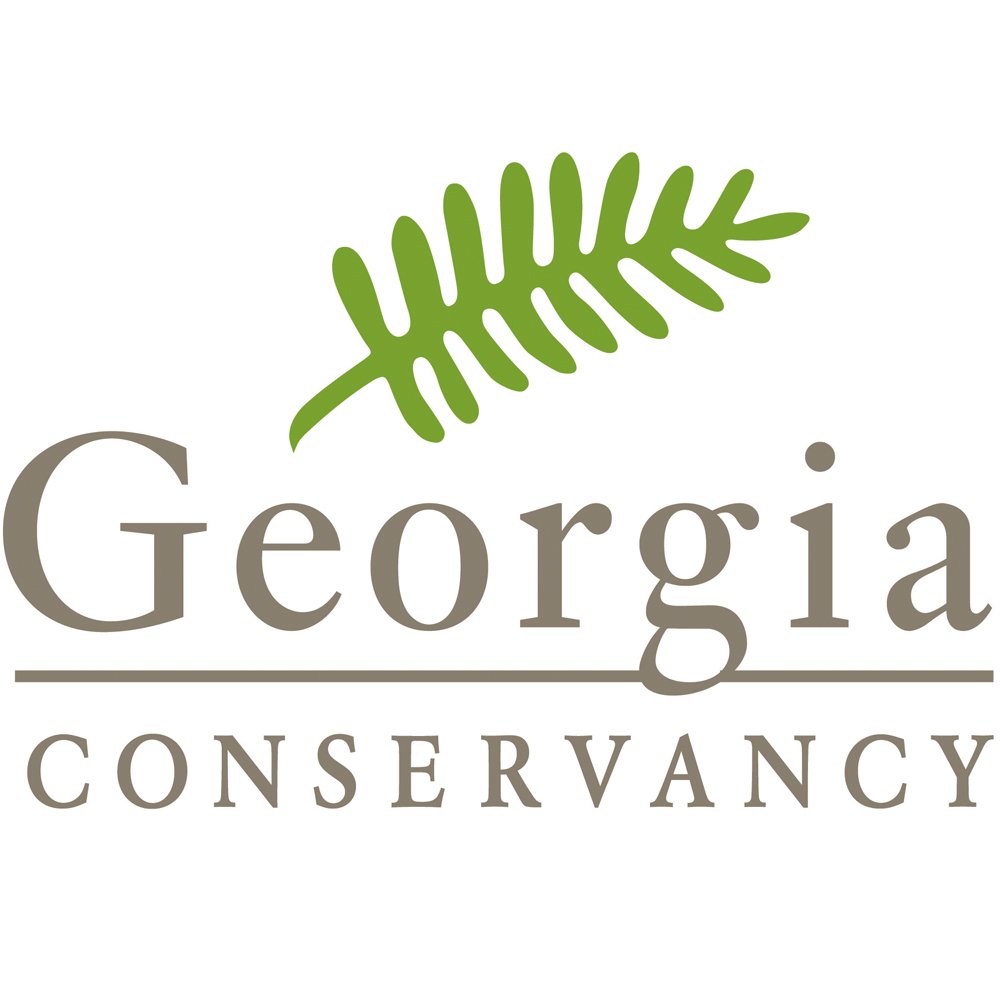West Point Welcome Center receives pollinator garden
Kia Motors Manufacturing Georgia employees volunteer for next phase of The Ray on Interstate 85
A group effort of a number of prominent Georgia entities not only benefit a popular state welcome center, but also highlighted a travel corridor poised to become the world’s most sustainable highway.
The Georgia Conservancy, Kia Motors Manufacturing Georgia (KMMG), the Georgia Department of Transportation (Georgia DOT), The Ray and the Chattahoochee Nature Center broke out the shovels and work gloves on September 17 to help install a 7,000-square foot pollinator garden at the Georgia Visitor Information Center (VIC) on Interstate 85 in West Point. The pollinator garden is the first installed at any Georgia DOT facility.
Using compost generously supplied by John Flournoy of Columbus, more than 2,000 transplanted pollinator plants from the Chattahoochee Nature Center, and supplies provided by the Georgia Conservancy, KMMG team members had the opportunity to get their hands dirty and lay some of the ground work necessary for an ambitious project being developed along this important travel corridor.
“A central part of the Kia Way is self-responsibility and our team members are proud to lead by example through The Ray as we usher in the green highways of tomorrow,” said KMMG CAO Stuart C. Countess. “This project is a tremendous way for KMMG to give back to our community and set a new standard for regenerative, restorative and sustainable roads.”
Photo Courtesy of Kia Motors
The Ray is an 18-mile corridor on Interstate 85 from the Georgia-Alabama line to Exit 18, including the cities of West Point and LaGrange, which was named in memory of sustainable business pioneer Ray C. Anderson. The 2015 installation of Georgia DOT’s first solar-powered electric vehicle charging station at the West Point VIC, followed by this week’s pollinator project are just a couple of the “low hanging fruit” recommendations made in the Mission Zero® Corridor report developed by a graduate-level studio at the Georgia Tech College of Design. The studio and report, which was funded by the Ray C. Anderson Foundation and Interface, and facilitated through the Georgia Conservancy’s Blueprints for Successful Communities Program, envisions The Ray as an incubator of cutting edge technologies that will transform the transportation infrastructure of the future to be safer, more climate-friendly and more economically generative.
“The Georgia Conservancy is excited to see some of the early important aspects of the Mission Zero Blueprints Report come to life thanks to the work of The Ray, KMMG and Georgia DOT,” says Georgia Conservancy President Robert Ramsay. “We remain dedicated to working with our partners to ensure that The Ray becomes a world-class example of what a highway should and could be.”
In 2014 and June 2016, the Georgia DOT State Transportation Board passed resolutions endorsing the application of innovative, safe and sustainable demonstrations on The Ray, paving the way for transportation innovation in Georgia and beyond.
In August, Georgia DOT won the North American Pollinator Protection Campaign (NAPPC) Pollinator Roadside Management Award, after being nominated by The Ray. The award recognizes transportation agencies that lead the field in pollinator-friendly roadside practices, which can play a significant role in boosting pollinator habitat nationwide, including habitat for honeybees and the monarch butterfly.
“In 14 years, Georgia DOT has planted approximately 2,700 acres of wildflowers statewide using funds from the sale of wildflower-themed vehicle license plants,” said Sam Wellborn, member of the State Transportation Board representing District Three. “The wildflower program is important to Georgians, the business community and drivers passing through our state. Georgia DOT is committed to growing the program and beautifying more miles of Georgia roads and highways.”
Every fall, Georgia DOT produces and distributes thousands of wildflower seed packets to educate, raise awareness and increase plantings statewide. In 2016, the seed packets are being produced in partnership with The Ray. The packets feature a pollinator mix of regional, native wildflower and pollinator plants.
Pollinator species, which include bees, butterflies, birds and bats, are in significant decline around the world. Wintering Monarch Butterflies, for example, have declined over 75 percent since the mid-1990’s, according to the Chattahoochee Nature Center. The National Pollinator Garden Network estimates that pollinators are responsible for one out of every three bites of food that we eat daily because over two-thirds of our crops are dependent on pollinators. More nectar and pollen sources provided by flowering plants and trees are necessary for reviving the health and populations of pollinators.





